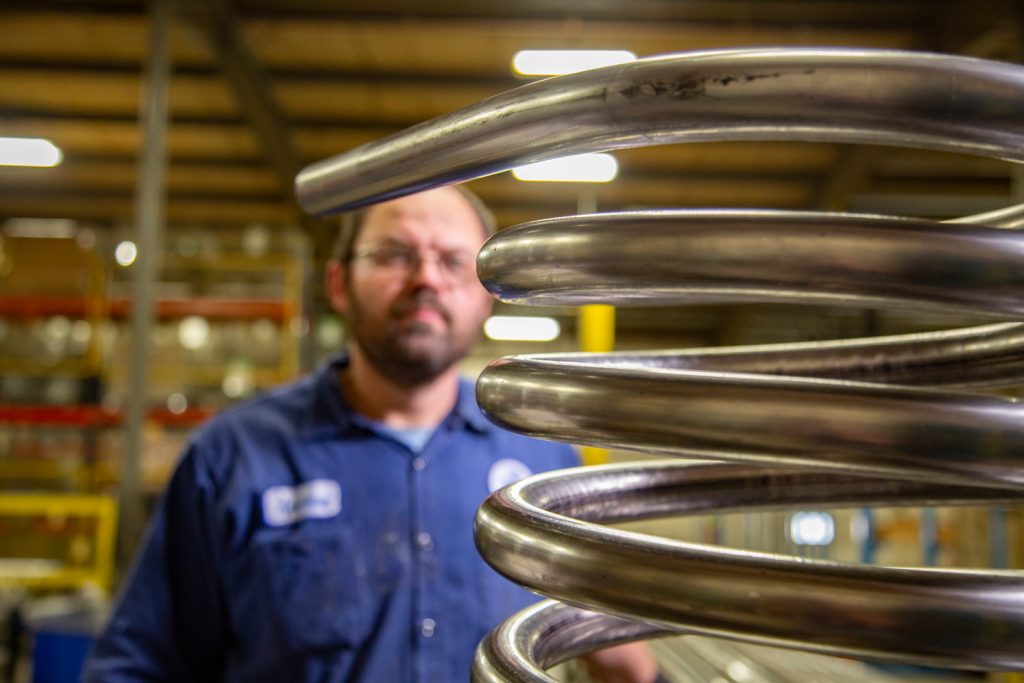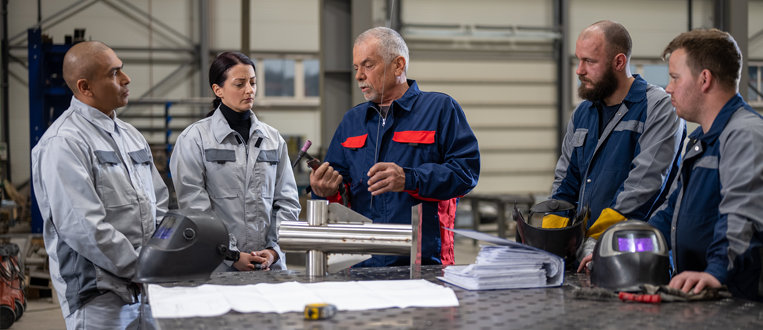
empowering wisconsin manufacturers
Take the Next Step Toward Growth and Excellence
How We Help
WMEP is a nonprofit consulting organization, and our mission is simple: help Wisconsin manufacturers succeed. We aren’t just consultants—we partner with small and mid-size Wisconsin manufacturers to implement lasting improvements and sustainable business growth. Our advisors bring real-world industry experience and deliver practical solutions across three key focus areas: Growth, Operations, and People.
Our Impact in Wisconsin
4,000+
Manufacturers Served
26,518
Jobs Created + Retained
$6.5b
Economic Impact
WMEP is part of the MEP National Network™, a public-private partnership that advances U.S. manufacturing.
Our Services

Growth
Manufacturing Growth, Strategy & Transformation Solutions
WMEP collaborates with Wisconsin manufacturers to build strategic growth plans, expand into new markets, and implement transformative initiatives that improve business performance.

Operations
Manufacturing Operations & Automation Solutions
WMEP partners with Wisconsin manufacturers to improve productivity, streamline processes, and integrate technology. Our customized solutions help businesses reduce costs and achieve profitability goals.

People
Talent & Culture Solutions for Manufacturers
WMEP supports Wisconsin manufacturers in identifying, attracting, and retaining skilled talent while cultivating an engaged, high-performing workforce that fuels long-term success.
Manufacturing Case Studies
Reed Switch Developments Boosts Production and Increases Sales Through Strategic Automation
Read more: Reed Switch Developments Boosts Production and Increases Sales Through Strategic AutomationCompany Profile: Founded in 1967 the 100% woman-owned and Racine, Wisconsin-based Reed Switch Developments Corp. (RSD) are globally recognized experts in the design, development, and manufacture of standard and custom magnetic reed switches and proximity sensor assemblies for various applications. Situation: RSD was experiencing record sales growth alongside a skilled labor shortage. To address this,…
Testimonials
The WMEP Automation Advisor Assessment helped BMC to look at operational pain points in a different way and open up to the possibilities that automation solutions can bring to address them. We are now using the results to develop short and long term plans for automation and associated capital spending.
Erica Grant
,VP of OperationsBadger Mining Corporation